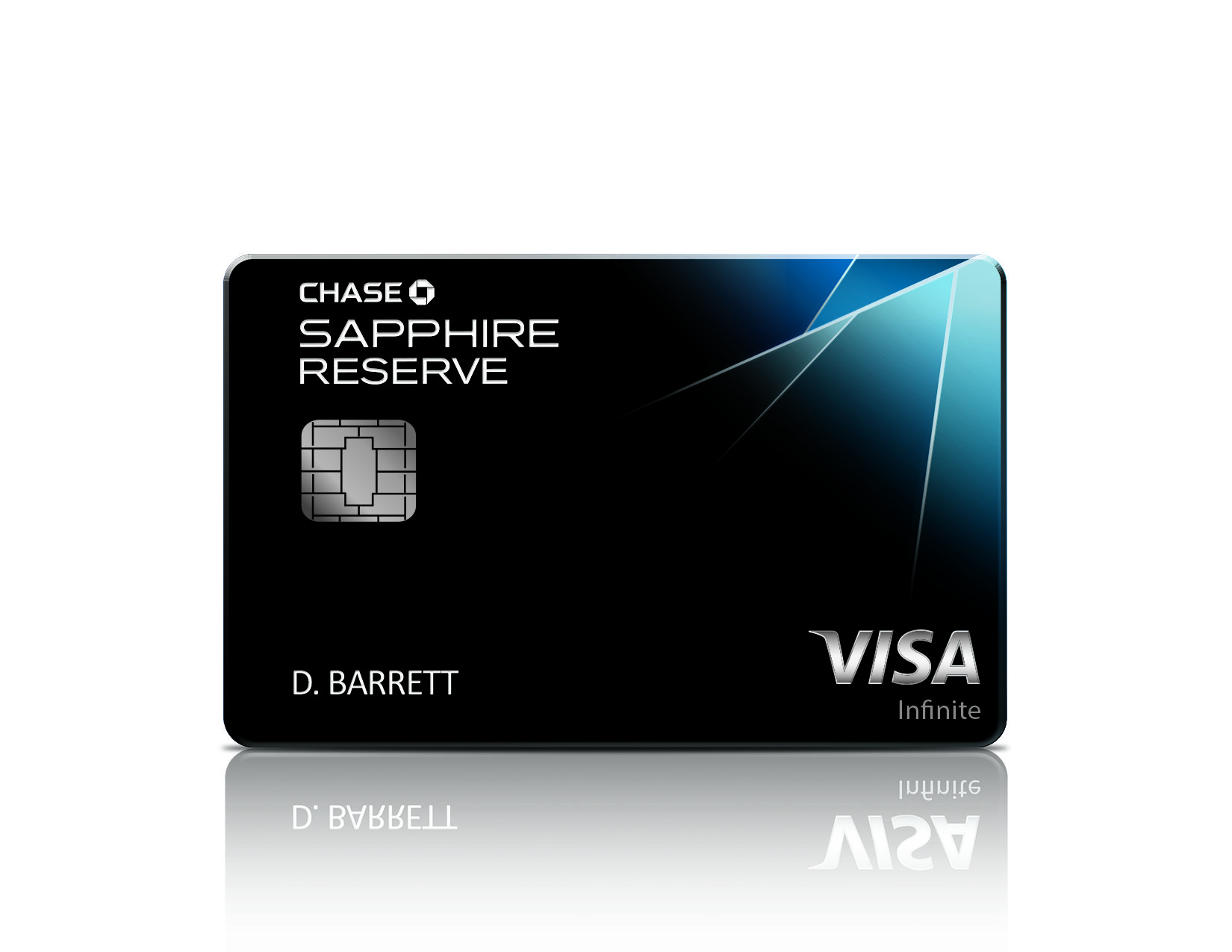Diversification of points and miles is a huge topic of discussion. Whether you should diversify points depends on how much you spend on your cards and your willingness to get new cards. Your mileage may vary as different people have different financial circumstances. That’s why the post is divided into four parts that each represents a circumstance given the two main criteria. The terms “higher”, “lower”, “fewer”, and “more” used in this post are relative. There are no exact numbers attached to them because your mileage may vary.
Other indirect factors that could determine whether you should diversify include income, credit score, credit history, and risk aversion. These indirect factors could influence how much you can spend on your cards and your willingness to get new ones.
I: Higher Spend, Fewer Cards
Simplicity is the name of the game for higher spenders who want only a few credit cards. In other words, you should not diversify. Instead, you should select one points currency and accrue as many points as possible within that currency. This way, your earning will be more efficient, and your points will accrue faster.
The best type of points for those this group are transferrable points. All you have to do is pick one based on your travel needs. Chase Ultimate Rewards (UR) Points are the best for domestic flights and hotel redemptions. American Express Membership Rewards (MR) Points are best for domestic and international flights. And Citi Thank You (TY) Points are the best for international flights.
II: Lower Spend, Fewer Cards
Similarly, a simple credit card lineup is best for lower spenders who only want a few credit cards. Many people in this group are just starting out or do not have high income. A lot of people start off in this category but move to another one later in their credit journey. There are a few strategies those you can take if you want only a few cards and have little expenses:
The most simple strategy is to use one credit card for everything. High-earning flat rate cards like the Citi Double Cash and the American Express Blue Business Plus are the way to go for travelers. Both cards earn transferrable points directly or otherwise.
Another strategy for travelers is to earn transferrable points as long as there are downgrade options. Chase and Citi’s “ecosystems” have downgrade options for their mid-tier and premium credit cards. These downgrade options all have no annual fees and earn cash back (unless you also have another mid-tier or premium card).
Alternatively, people in this group could focus on earning cash back. Cash back is simple to understand and only a few credit cards are necessary to optimize earnings. Plus, most cash back cards have no annual fee, making them great long-term keeper cards. One excellent strategy to increase rewards is pairing a flat rate card and a 5% rotating card.
III: Higher Spend, More Cards
Furthermore, people in this group have money to spend and don’t mind getting more credit cards. A plethora of travel bloggers, writers, and YouTubers fall into this category. Many people in this group have at least 20 credit cards for various reasons. Nonetheless, there are two strategies for large spenders who do not mind having lots of cards:
The first and best strategy is to collect more than one type of transferrable points. More transferrable points means more options for travel. Just be sure not to overlap your cards’ bonus categories too much. People in this group can choose at least two of Chase, American Express, and Citi.
Conversely, another strategy is to hunt for sign-up bonuses. Your spending will be efficient trying to earn bonuses instead of collecting multiple types of points. Therefore, you should diversify your points because you will get more value from sign-up bonuses than normal spend.
IV: Lower Spend, More Cards
People in this group do not have much in expenses, but prefer to have a lot of credit cards. Therefore, those in this group should diversify their points, but do so carefully.
The best strategy is hunting for sign-up bonuses. However, you should only look for bonuses with minimum spend requirements of either $500 or $1,000. These bonuses are usually valued between $100 and $400; and rewards can either be points or cash back. For example, the American Express Hilton Honors Card has a public bonus worth 75,000 points that can be earned after spending $1,000. Assuming a value of 0.5 cents per point, this bonus is worth $375.
Furthermore, the best credit cards for those in this group have no annual fee. This makes them great foundation cards for your credit history.
Final Draw
Whether you should diversify your points ultimately depends on how many cards you want and how much you can spend. Your mileage may vary as everyone’s financial situation is different. But there is always going to be a strategy in play. The key is to find one that works for you and create a plan to get the right cards.
Special thanks to Sebastian from Ask Sebby (H/T) for inspiration.













I’m not sure I agree with going all in on one currency. All points/miles will be devalued over time. When those devaluations come to one program, if you are all in on it, you will get hurt badly.
Hi Matt,
Thanks for reading PYCR! That’s a great reason for not earning just one currency, especially if you have high expenses. But its not as easy for those who have lower expenses. In that case, I would rather have 60,000 of one currency than 30,000 each of two currencies. The only exception is if both currencies / ecosystems have a common partner that you would want to use (such as Chase, Amex, and British Airways).
Best Regards,
Anthony